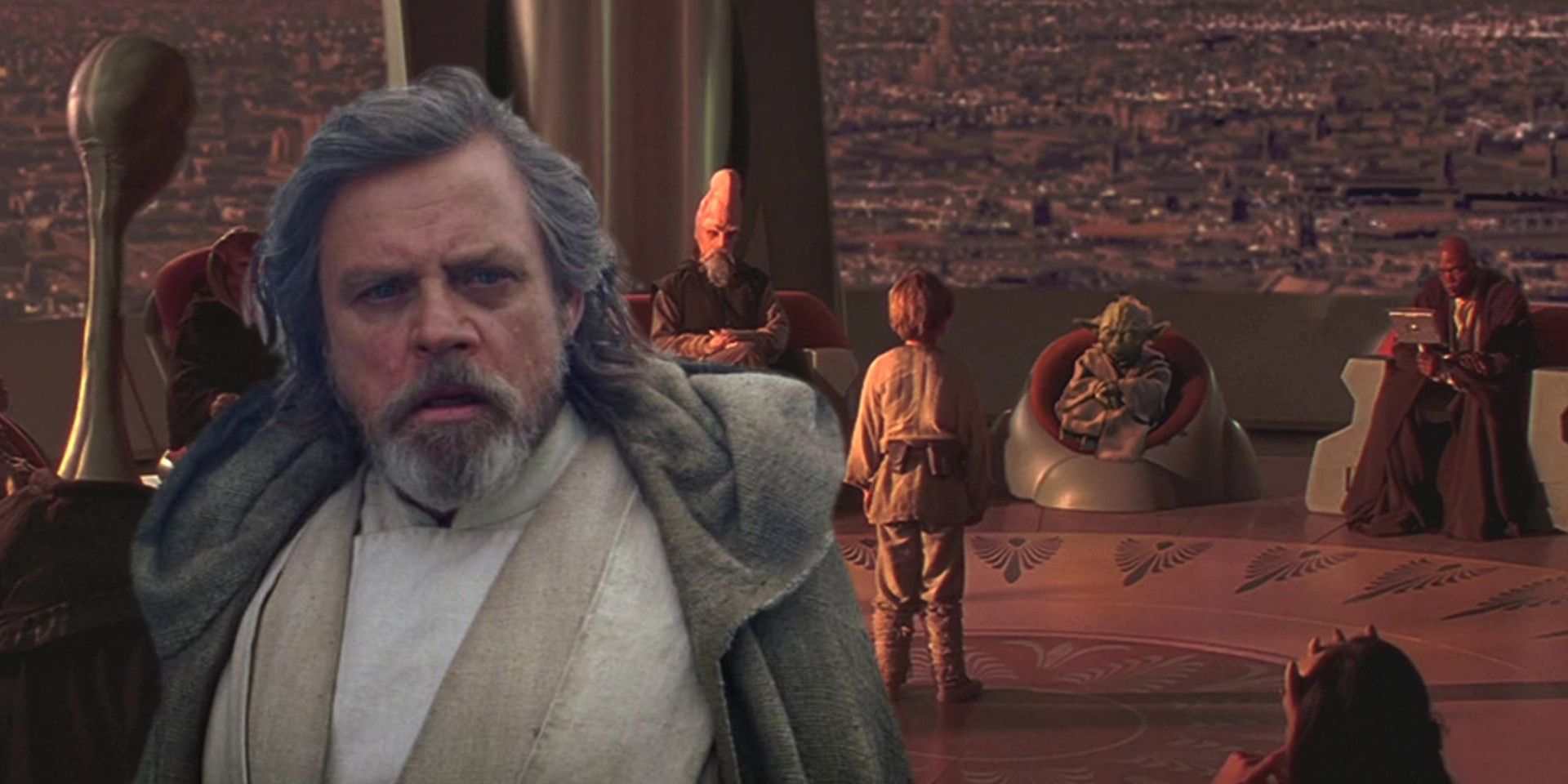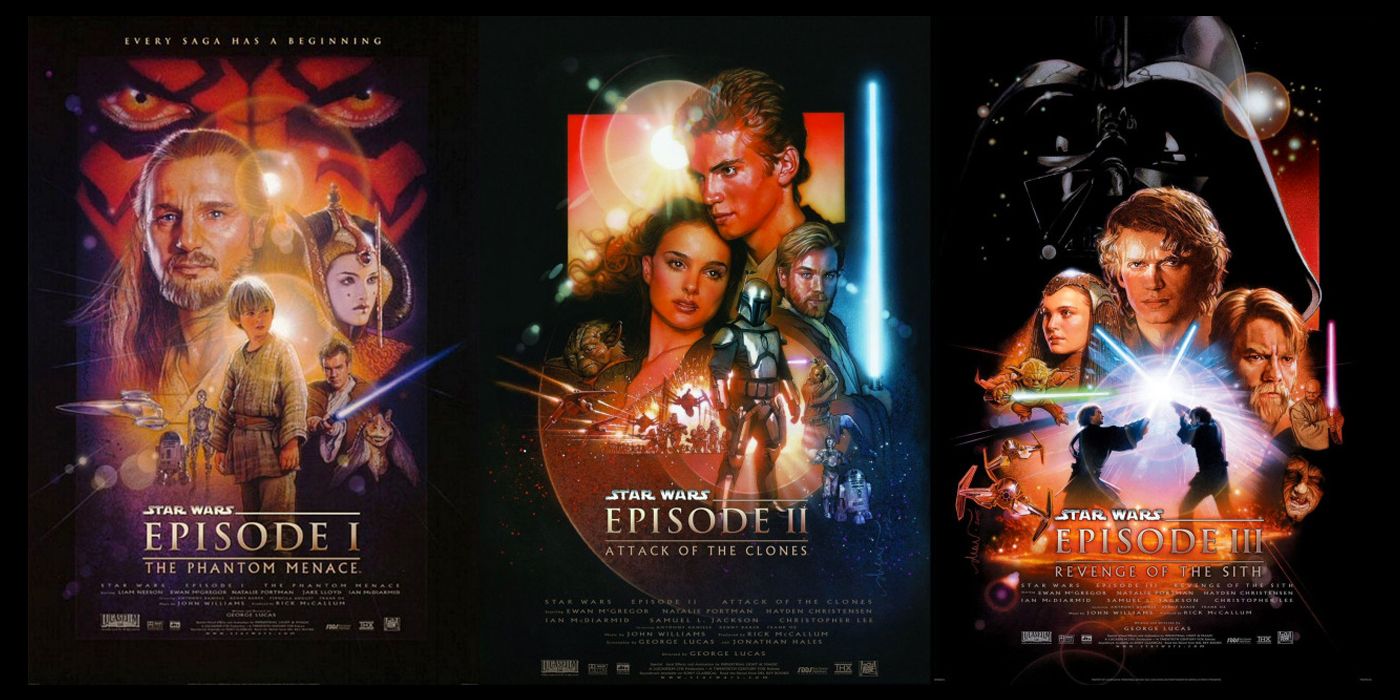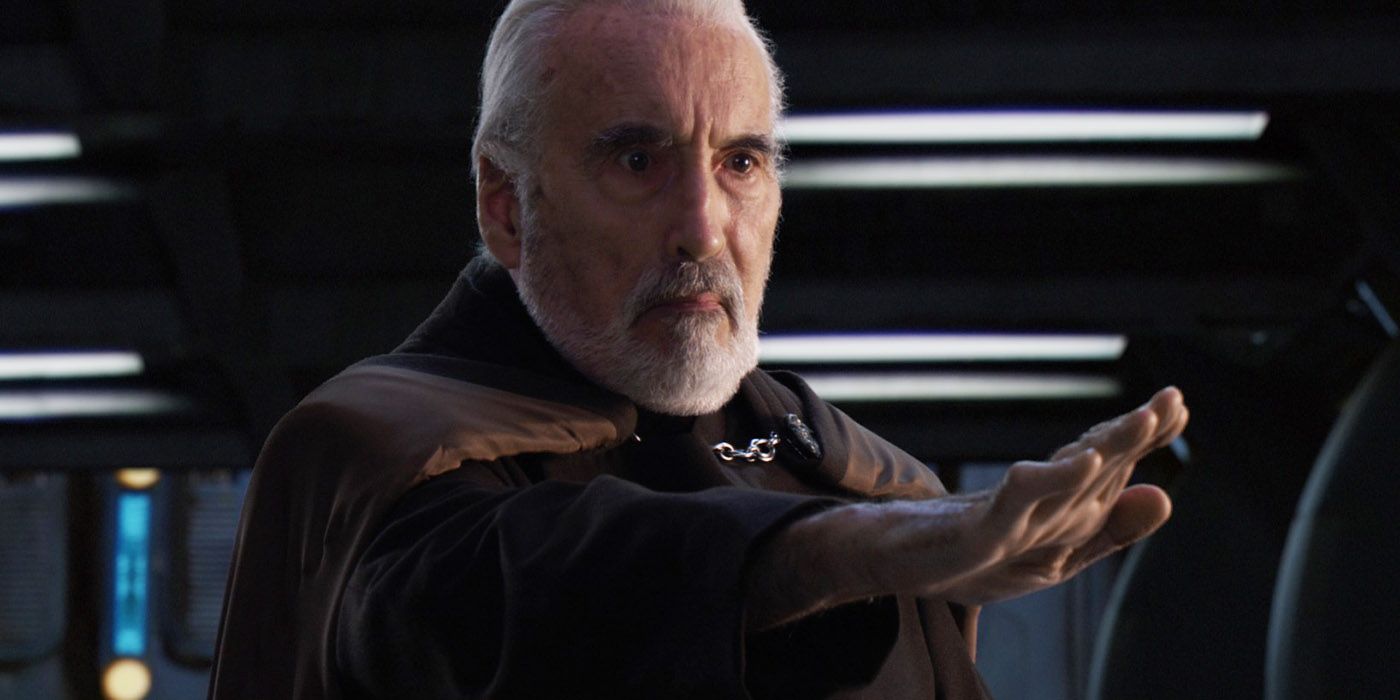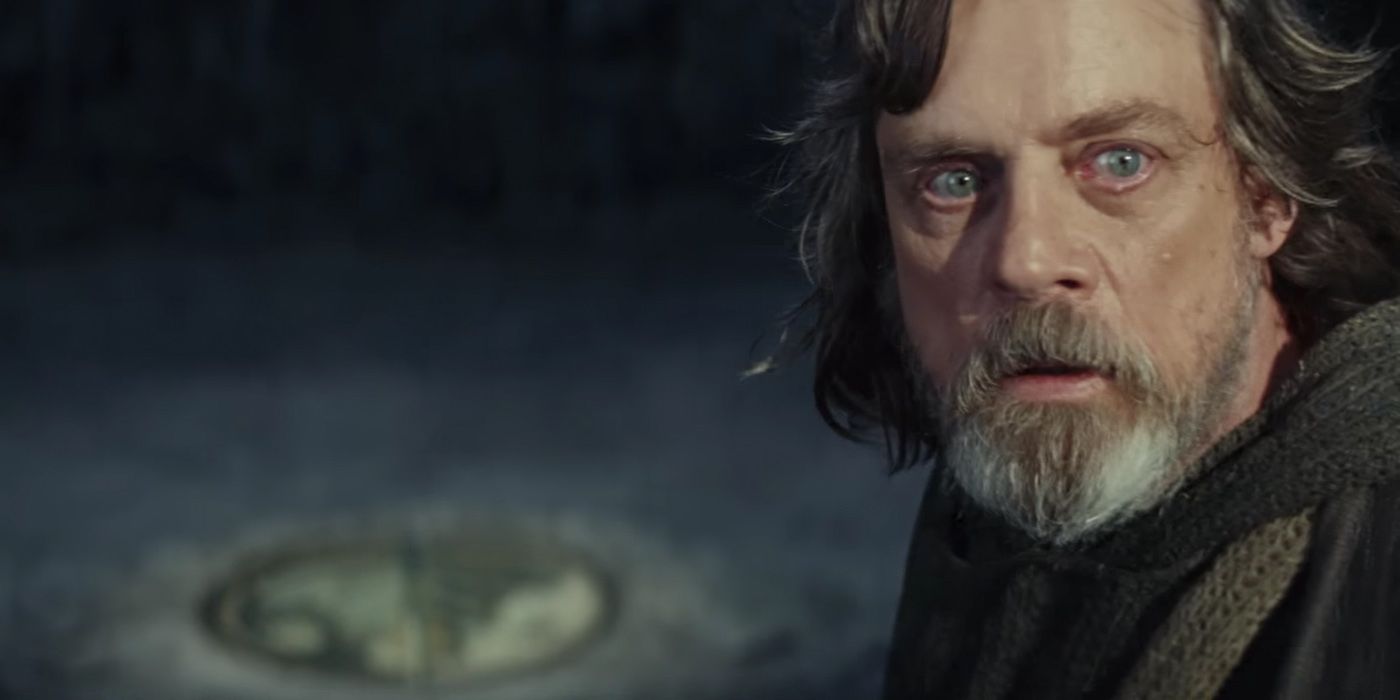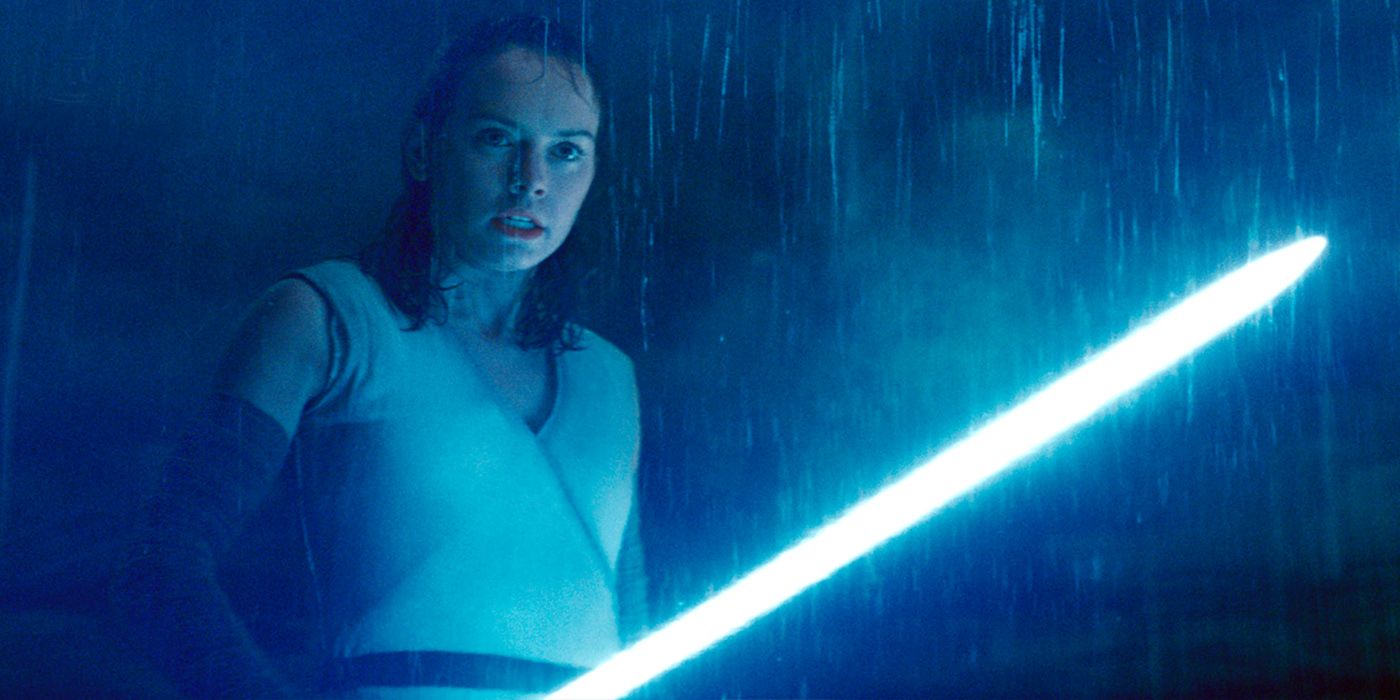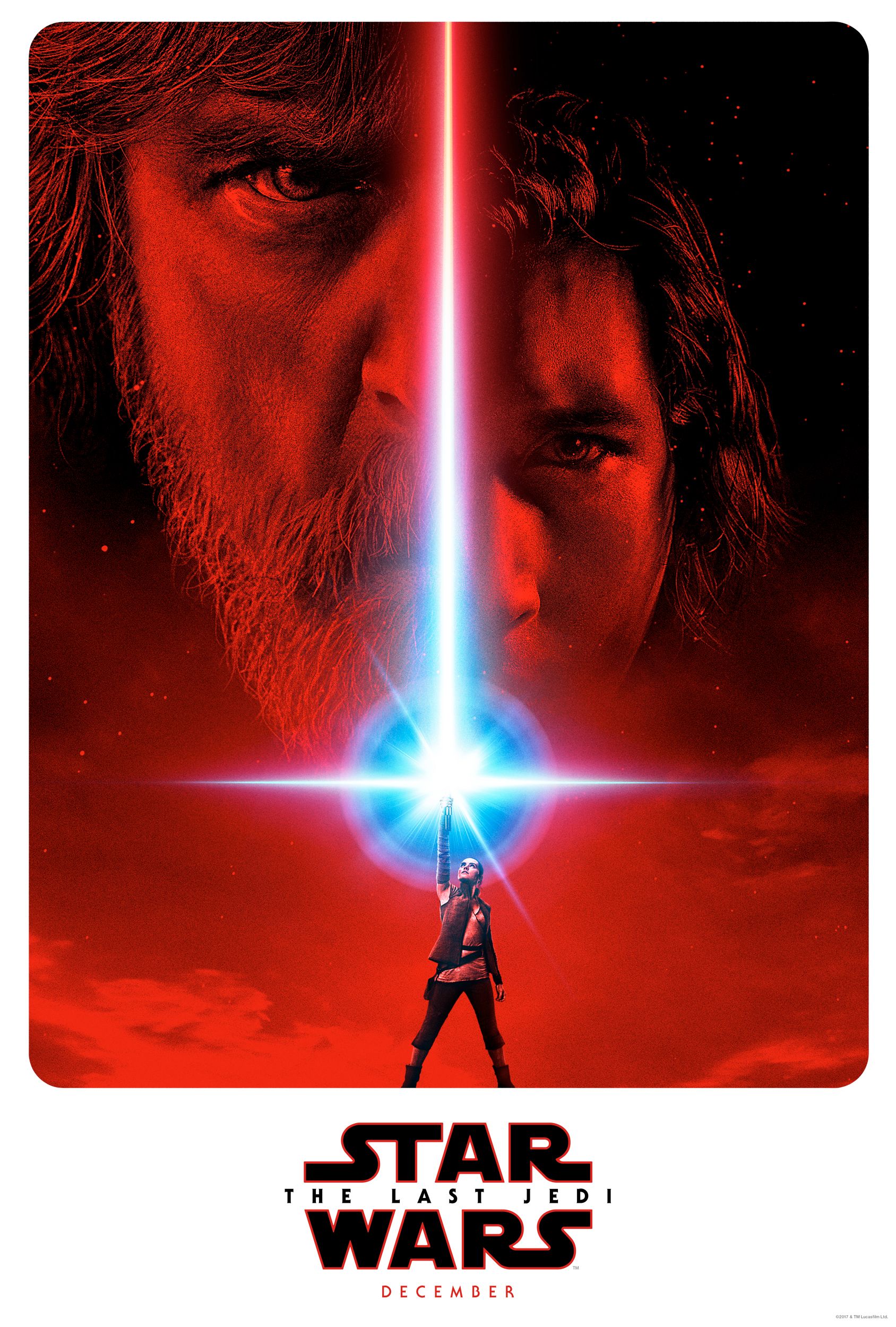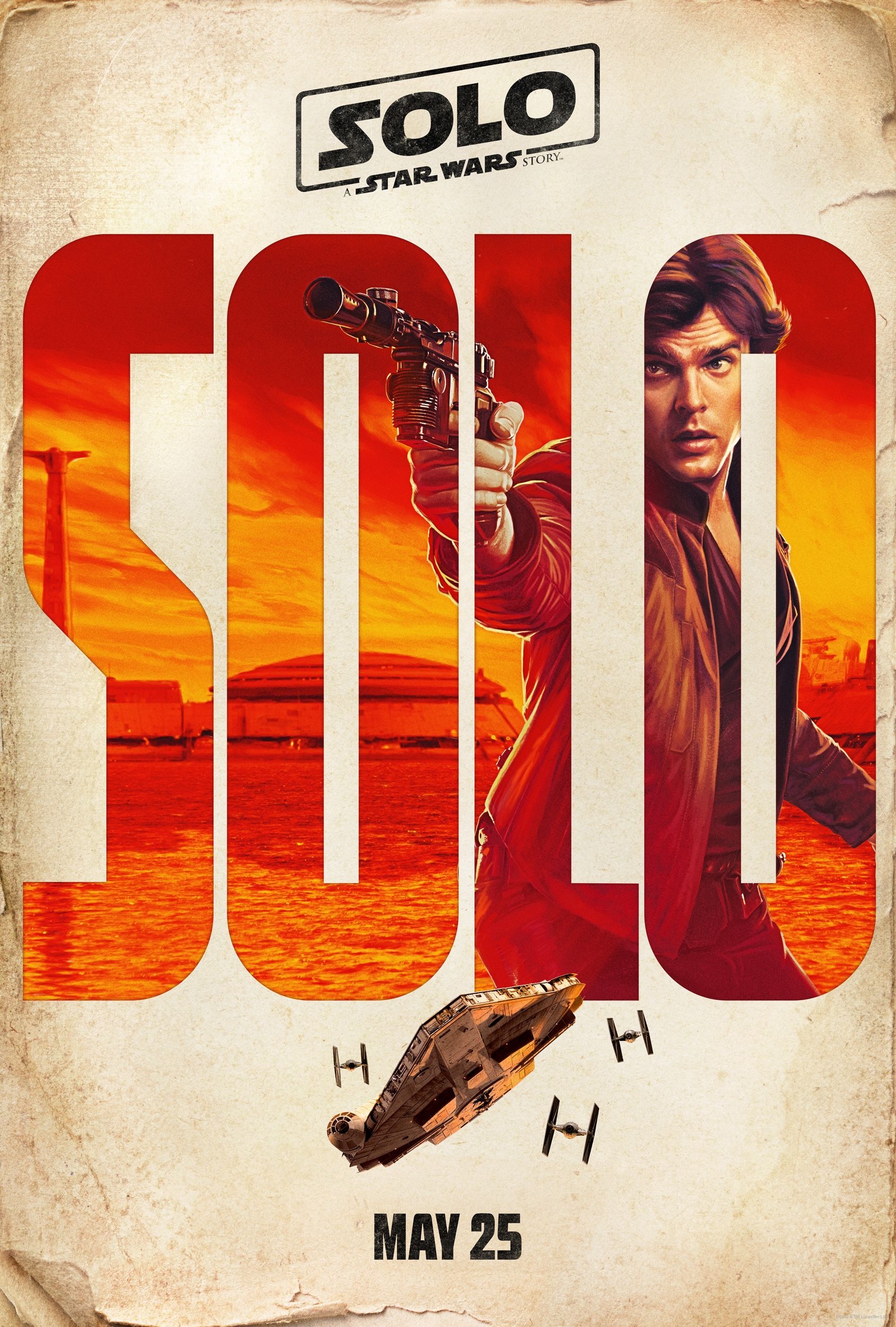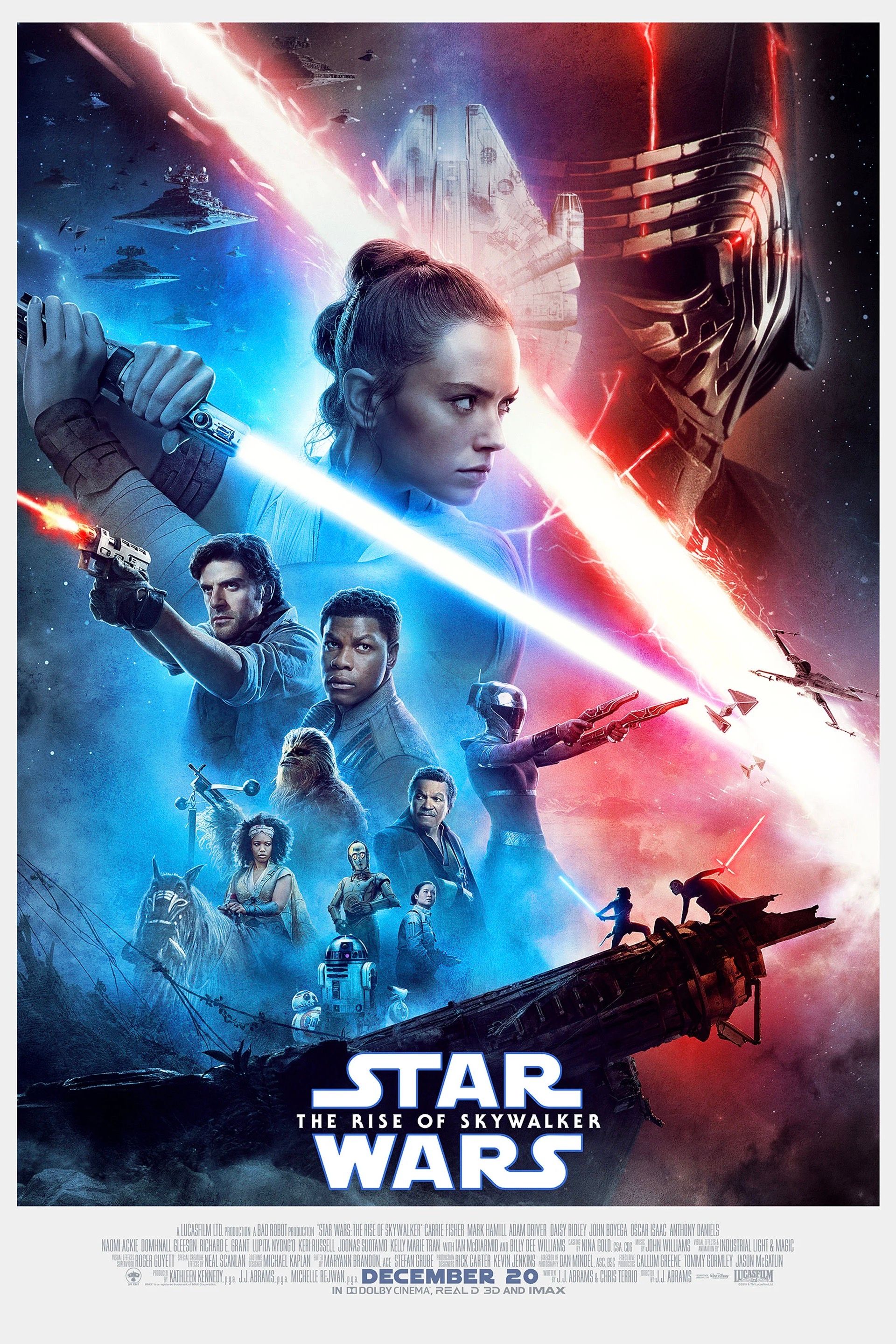Warning: The following contains spoilers for The Last Jedi
-
The Force Awakens marked a big return for the Star Wars franchise after most general audiences had dismissed the galaxy far, far away following the derided prequels. Even though opinions have softened over the years as many have begun to reevaluate George Lucas' most Star Wars trilogy, there was still apprehension after it was announced that would be getting a new Star Wars movie every year. Audiences only really got behind The Force Awakens in a big way after marketing picked up and it became abundantly clear that the movie was emphasizing a return to the aesthetic and feel of the original trilogy.
While The Force Awakens had a number of slight nods and influences from the prequels, those not as well versed in the lore may have missed them. Of course, given the general lack of popularity (at least compared to the original trilogy), and the lack of focus in The Force Awakens, many people figured Lucasfilm was poised to abandon the prequels in live-action, instead focusing on aspects of the franchise that audiences find more agreeable, but The Last Jedi says otherwise.
Related: The Last Jedi's Final Scene Changes Star Wars Forever (And For The Better)
A major message of The Last Jedi is to let the past die, but that doesn't mean the movie abandons what came before. In fact, the movie serves up a story that doesn't only provide a proper end to Luke Skywalker and redefine the galactic power balance once again, but it also digs way back to much earlier themes, providing a proper resolution to the prequel trilogy.
Page 1 (this page): What Were the Star Wars Prequels About?
What Were the Star Wars Prequels About?
Due to the largely negative reception of the prequels, the narrative surrounding them has almost eclipsed the movies themselves, with jokes about Jar Jar Binks, midi-chlorians, or Anakin's distaste for sand becoming more widely known than the actual events of the films themselves. As time separates many from their initial impressions of the prequels and many have begun re-evaluating due to the release of more Star Wars movies coming out, opinions have begun to soften, if not turn positive in some cases. The Clone Wars animated series is also a major impact here, not only providing the kind of Star Wars stories people wanted from the prequels all along, but also providing additional story details to flesh out exactly what the movies were going for.
Related: What Star Wars Fans Can Learn From Jar Jar Binks
The prequels are often painted as a simple origins story for Darth Vader or backstory for how the Empire came to be, but both of those descriptions miss the majority of what the story of the prequels was trying to do. Sure, the story of Darth Vader's origin is the central plot device, but it's not simply about how Vader came to be, it's about how fear leads to anger, anger leads to hate, and hate leads to suffering. In Anakin's case, it was fear of loss. Fear of losing his mother. Fear of losing Padme. Fear of losing his unborn child. In his quest to find a solution, the only person to offer answers is Darth Sidious, posing as a benevolent government official in Sheev Palpatine.
In the same way that he's manipulating Anakin, Palpatine is also using fear to manipulate the rest of the galaxy into granting him ever more authority. He allows corporate interests to infiltrate the Republic Senate, breeding distrust between the well connected political class of the core systems and the more industrial class of the outer rim. Major trade routes are taxed more heavily as a way of influencing corporations like the Trade Federation, resulting in a trade dispute that escalates to armed conflict at the end of The Phantom Menace. While this initial dispute is resolved, it is the start of a divide pitting government vs industry, with the more industrial systems coming together to form the Confederacy of Independent Systems.
Palpatine fans the fears of armed conflict with the aid of his apprentice, Count Dooku, who's become a figurehead for the Confederacy. The Republic begins to engage in a fierce debate over the Military Creation Act, a decision that would no doubt throw the galaxy into all-out war. After the Confederacy's own massive battle droid foundry is discovered on Geonosis, Palpatine is able to get the authority to finally create an army (conveniently, the clones are already prepared).
Related: Andy Serkis: Snoke is More Powerful Than Darth Vader & The Emperor
While the rest of the galaxy is cozying up to Palpatine, the Jedi Order had grown lazy and arrogant. They were supposed to be politically unaffiliated peacekeepers, but the center of their order was located on Coruscant, and they worked so closely with Chancellor Palpatine and the Republic Senate that they might have well have become their own government branch, with the Jedi taking the role of Generals to lead the Republic armies in the Clone Wars.
In addition, the Jedi had become preoccupied with the prophecy of the Chosen One, a mythical being that would supposedly bring balance to the Force. Whether or not the Chosen One was ultimately Anakin (Star Wars fans may always debate this), the prophecy was a stumbling block for the Jedi. Instead of looking to themselves to go out and bring balance to the Force, they were projecting this responsibility onto the shoulders of the prophetic Chosen One.
Pointing to the Jedi's failure of principle, Palpatine slowly erodes Anakin's faith in the order. Eventually, the Jedi allow Palpatine to maneuver the Jedi into a position where they're forced to attempt to remove him from power, a move that only proves to Anakin that his suspicions about them were right. Palpatine may be a Sith, but he's the only one that had been honest with him and the only one offering him a way to possibly save Padme.
Needless to say, Anakin falls, the Jedi fall, and the Republic falls, all leading to the rise of Emperor Palpatine and his new apprentice, Vader, at the head of the Galactic Empire.
Ironically enough, the failure of the Jedi isn't resolved in the events of the original trilogy. While Luke is victorious and redeems Vader, Yoda and Obi-Wan, the last remaining members of the Jedi Order, are still waiting for the Chosen One to save the Jedi. Obi-Wan thinks it's Luke, but Yoda thinks Leia is the future. Regardless, both encourage Luke to kill Vader, and that only be defeating him in battle can the Jedi be victorious. Obi-Wan and Yoda have undoubtedly grown wise in their old years, but this shows a surprising inability of them to grasp the full nature of the Jedi's failure. While Yoda does grasp that "wars not make one great," and warns Luke not to underestimate the powers of the Emperor as he did when they fought in the Republic Senate chambers, but he still thinks that violence, not compassion, is the ultimate solution.
Luke might win the day, but the Jedi Order still lacks redemption, and the events between trilogies don't improve the situation much, with Luke repeating the mistakes of the Jedi before him. Fortunately, The Last Jedi resolves all of this, concluding Luke's story, bringing redemption to the Jedi Order, and ultimately concluding the story started in the prequel trilogy.
How The Last Jedi Concludes the Story of the Prequels
Even Luke, the one who defeated the Emperor and saved Anakin by throwing away his lightsaber and refusing to fight ended up succumbing to the same problems of the old Jedi Order. Initially, he sees the power in Ben and thinks he can train him, thinking he will be the Chosen One that brings balance. Things don't go that way, though, and when he feels the darkness growing in Ben he fears it, contemplating killing his nephew to prevent the rise of another Vader, ultimately resulting in Ben becoming Kylo, very much like how the Jedi's mistrust of Anakin pushed him into the arms of Darth Sidious.
The most prominent theme of The Last Jedi, a movie in which every character spends the majority of the movie failing at their mission, or succeeding only to experience unexpected consequences, is learning from failure. While this theme extends to a number of individual character arcs, its most obvious manifestation is through Luke. The old Jedi Master is acutely aware of the past failings of the Jedi Order and regretful of his participation in the cycle of failure, but instead of finding a way to right the ship he cuts himself off from the Force and hopes to die on Ahch-To, taking the last remnant of the Jedi Order with him.
Related: Why New Star Wars Movies Can't Ignore the Prequels
Even when Rey shows up, promising hope for the future, Luke only fears her raw power as the Jedi of old did with Anakin and as he did with Ben. Ironically, this is the same decision the Jedi Order initially made with Anakin, which ultimately played a role in creating Vader - the very thing that makes luke fearful of training her in the first place. This ultimately makes her leave Ahch-To thinking she can save Ben.
Fortunately, Yoda has finally learned something new since the failure of the Jedi. Harkening back to Obi-Wan's initial challenge to "let go, Luke," Yoda reminds him that "the greatest teacher, failure is." He may have lost Ben Solo, but he doesn't have to lose Rey as well. The great "burden of all masters" is to be "what they grow beyond."
This may be the lecture that gets Luke to return to the fight, but the encapsulating moment is delivered by Rose Tico after saving Finn from a suicide mission. Poe, Finn, Luke, and Rey had all gone on some sort of self-sacrificial mission in The Last Jedi, but almost every outcome had been shown to have more cost than it was worth. Poe decimated his squadron to take out the dreadnaught, leaving the Res; Finn brought DJ to the First Order, revealing the Resistance's plan; Luke left the galaxy without a Jedi order in its time of need; and Rey abandoned her training to play into Snoke's hands. Finn might have taken out the battering ram canon if his own suicide mission had been successful, but at what cost when the resistance is already hurting for heroes? Rose tells him "That's how we're gonna win. Not fighting what we hate, saving what we love." The same lesson Luke should have learned at the end of Return of the Jedi.
Once that line is delivered, the failures stop. Luke arrives to stall the First Order, Poe realizes it's time to retreat and live to fight another day, Rey uses the Force to remove the boulders from the exit, and the remaining few members of the Resistance escape on the Falcon, where it's revealed that Rey had also taken the Jedi texts from Ahch-To. Whether Rey is the prophesied Chosen One isn't really relevant, as the burden of balancing the Force is one she takes on herself, as all Jedi should have done all along.
This last moment of victory is also a moment of redemption for Yoda, Luke, and the old Jedi Order leaving Rey to start things anew with Leia (a plot set-up that will sadly have to be altered for Episode IX in the wake of Carrie Fisher's death). While Rey still has her own personal journey and growth ahead of her, unlike Luke, she doesn't carry the burden of the old Jedi Order and is in a place to finally set things right, and maybe the Jedi can serve as guardians of peace and justice in the galaxy once again.
NEXT: How Darth Maul Became More Tragic Than Darth Vader

